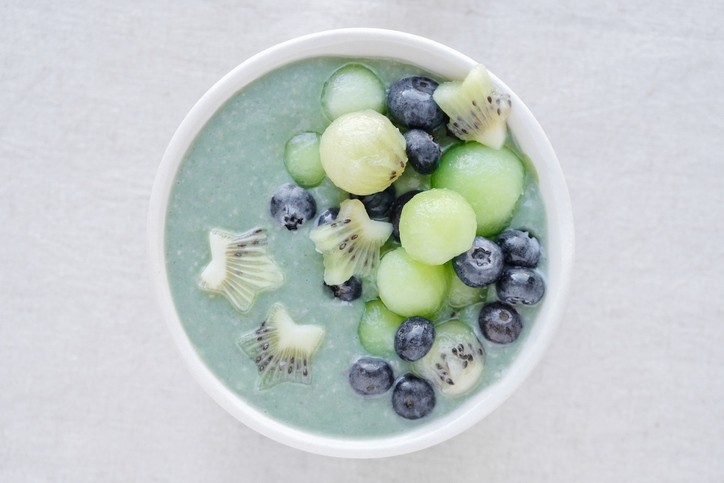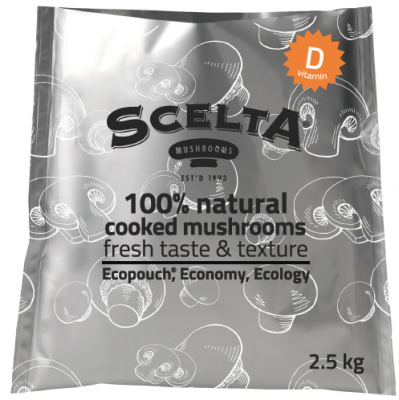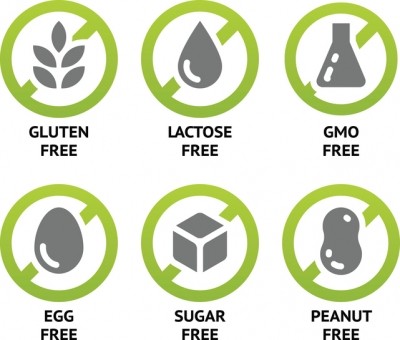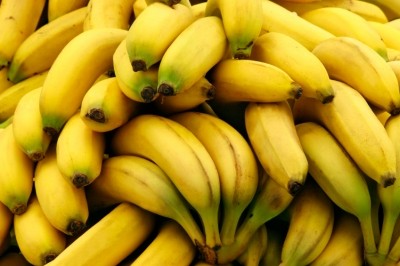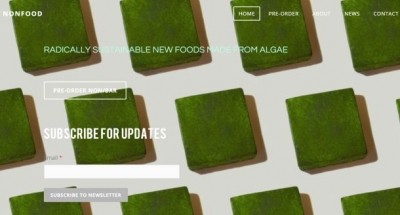Blue algae
Creating non-artificial, bright blue colours have traditionally been a challenge for food but progress around the naturally-occuring blue pigment in micro-algae spirulina, phycobilin, has broken down this barrier.
Manufacturers can therefore tap into the trend for brightly coloured food, fuelled by social media.
“With the exception of a few examples such as blue cheese and blueberries, blue colours aren’t associated that positively with
food and drink; however, more blue coloured foods are beginning to emerge,” said Schofield, predicting cold-pressed juices and lattes to be big in 2018.
Sugar and gum confectionery is by far the biggest category for spirulina, holding 47% of all food, drink and healthcare launches between 2011 and 2017, followed by chocolate confectionery (12%), bakery (9%), desserts and ice cream (8%) and juice drinks (6%).
However, Starbuck’s showed just how far the trend for brightly coloured food and drinks can go with its limited edition Unicorn Frappuccino.
Made with natural colours derived from spirulina, turmeric, cherry, radish and sweet potato, the pink, purple and blue drink was a social media success.
French brand Smart Chimp has a blue coconut water, made using fresh spirulina extract for its antioxidant properties as well as its colour. US brand Jenis manufactures blue ice cream, Super Moon, coloured with spirulina and flavoured with floral candied violet.
© GettyImages/ThitareeSarmkasat
